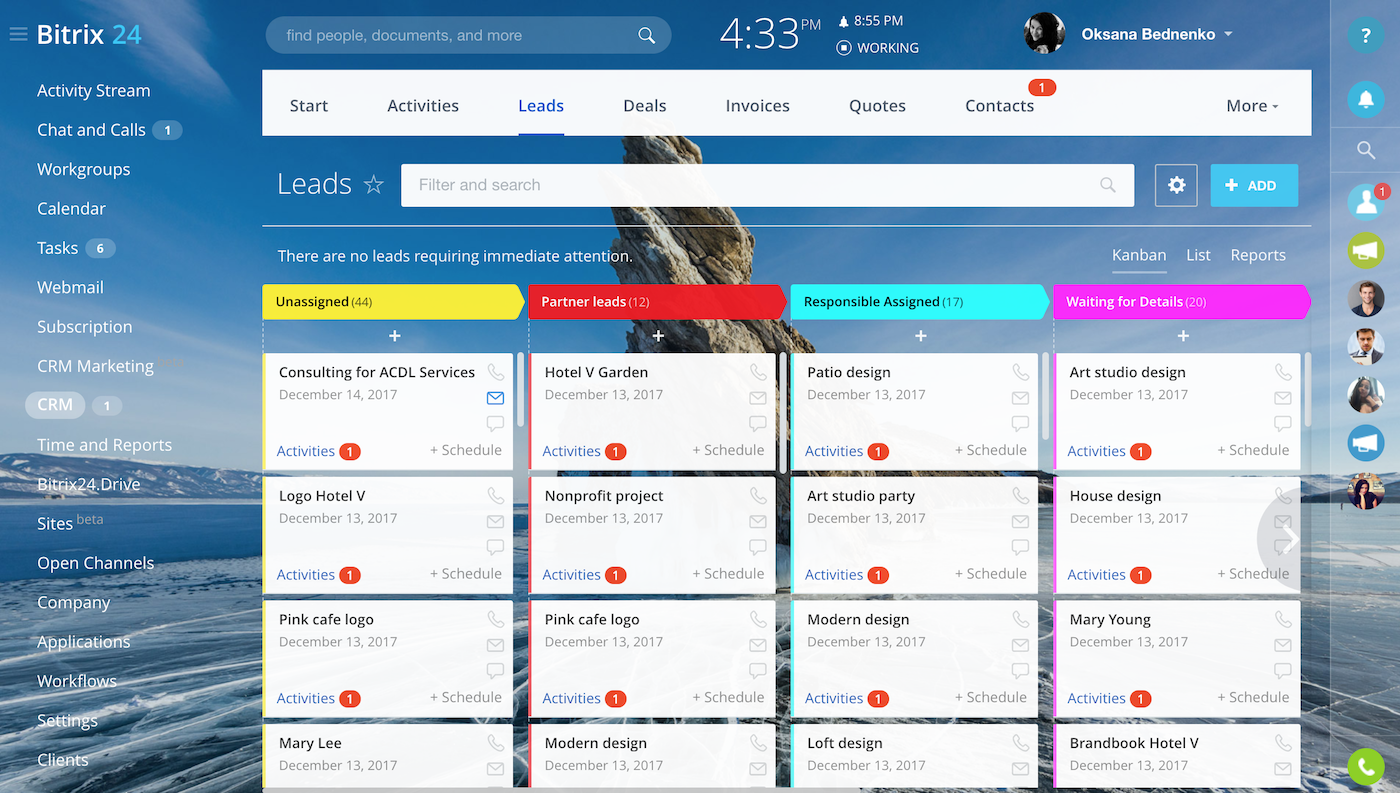When you work in a startup with 2-3 colleagues, you are well-aware of their roles and functions in the company. But the more people you work with, the vaguer is your understanding of what your colleagues are actually responsible for. Too many departments, too many people… Employees fail to see the big picture, management becomes more and more formal. All in all, it creates a silo mentality – each department knows only their own role in the company, but they are reluctant to share information with other departments or not really willing to listen to their suggestions on how to improve. As a result, the whole company suffers from poor communication, employees have no idea what their colleagues in other departments do and how much time one or another task might take.
Solution
Cross-department boundaries are difficult to breach. Besides general strategies
to keep your team motivated and engaged, there are new HR practices, such as cross-training, job-shadowing and job rotation. Cross-training provides employees with possibilities to learn new skills outside their usual duties. Alongside improved morale, increased employee flexibility and productivity, cross-training enables your team see the aspects of work their colleagues do. Job-shadowing is not only a career-exploration activity, it is a popular on-the-job learning technique. Your employees see the challenges their colleagues have to deal with every day. Job rotation is a method used in some companies to keep their employees motivated, make them learn new skills and see the bigger picture. All in all, these techniques help employees breach cross-department boundaries and improve the collaboration in the company.
Improve interpersonal relationships
No matter how good your business processes are, you can forget about efficient collaboration if your employees don’t like each other. You might say that it is difficult to control interpersonal relationships in a team. However, you can do a lot to facilitate the communications and make your employees “more likeable”.
Solution
Apart from system barriers, there are physical barriers which don’t allow your team to collaborate. Make sure that your working space has some break rooms where people can communicate without fear of disturbing their colleagues. Surprisingly, break rooms increase productivity and creativity, not speaking about improved health and wellbeing of your employees. Team members have a chance to get to know each other outside their professional duties and it greatly improves their tolerance and readiness to collaborate with each other. It’s also very useful to hold regular teambuilding events and encourage your staff to spend some time together out of work hours. Finally, yet importantly, consider your company culture every time you hire a new person. Diversity is great, but your new hires should share your company values and be on the same wavelength with the rest of the team.
Building strong relationships across departments takes time and effort. But once you manage to achieve it, your efforts will be rewarded by enhanced collaboration, greater efficiency and smoother business processes.
Bitrix24 is a free Business Process Management (BPM) software with a set of standard business processes (leave requests, business trips, expenses, purchases, general requests, internal helpdesk). Use promo code TIP10 when registering your free Bitrix24 account to get extra 10GB.
You may also like:





